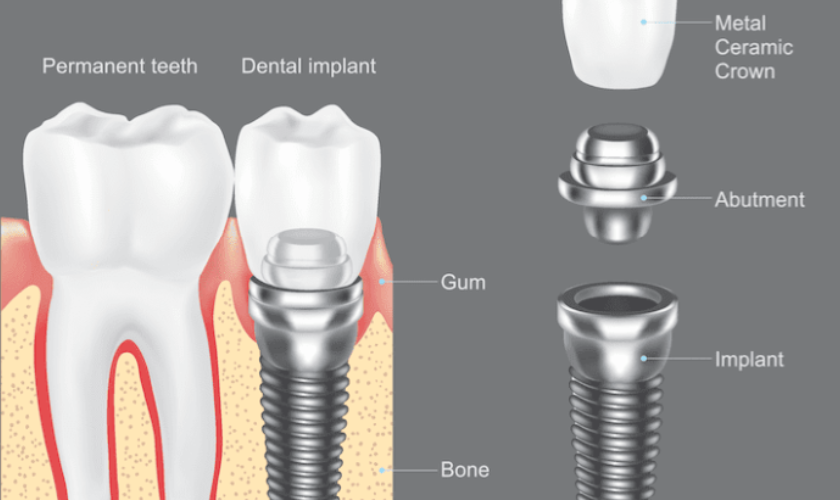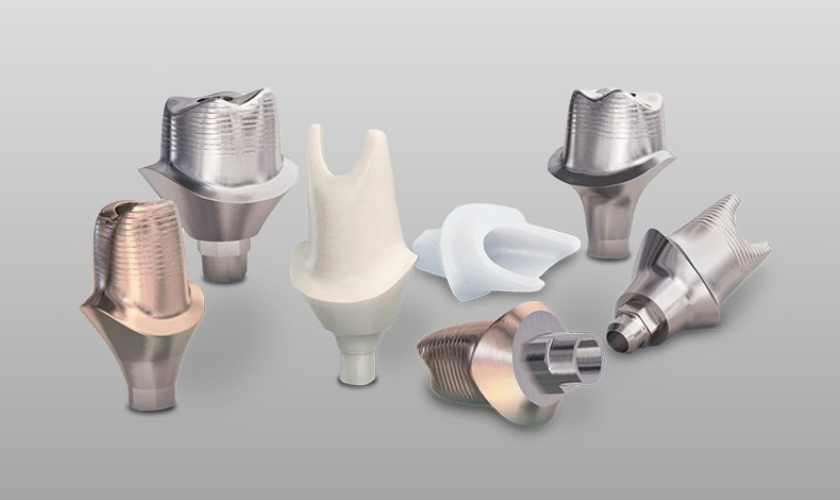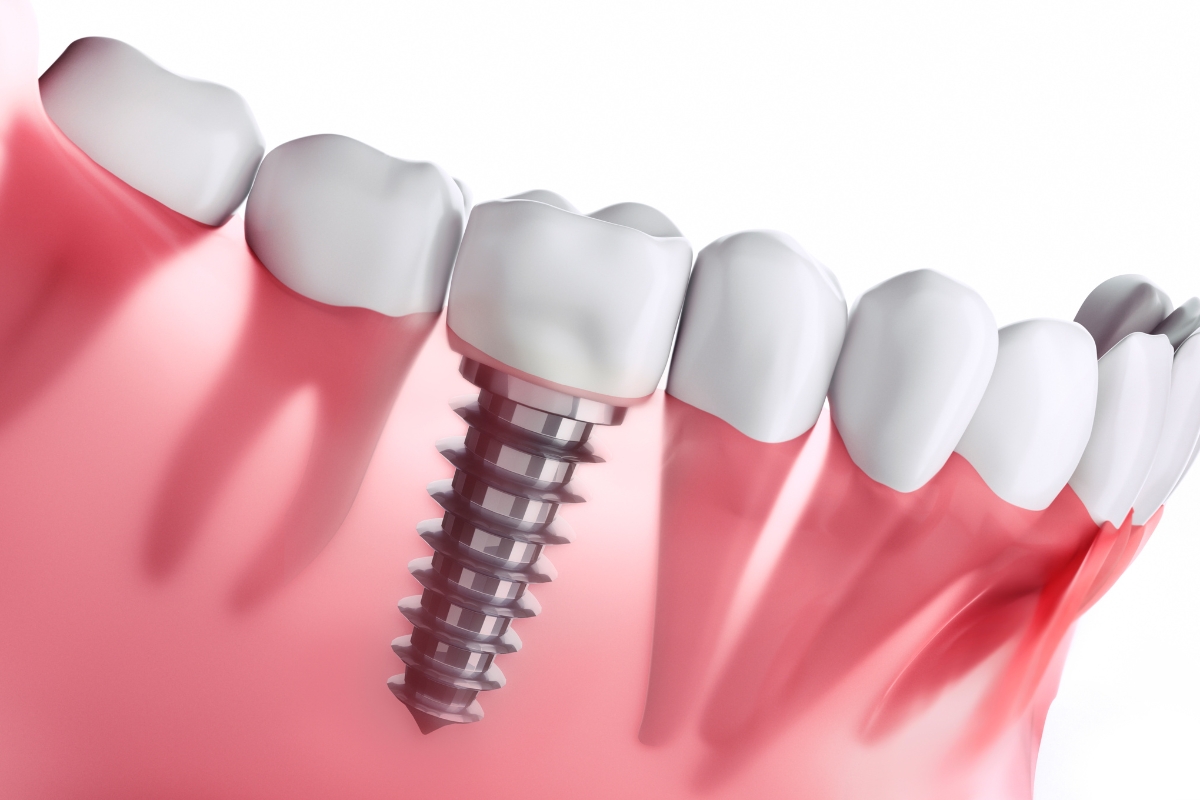
While dental implants get all the attention for replacing missing teeth, it’s the abutment that provides the vital link between the implant and the final restoration. In this comprehensive guide, we’ll delve into the role of abutments in dental implant restoration, exploring their importance, types, and impact on the overall success of your dental implant treatment.
Understanding Abutments: The Key to Dental Implant Success
When it comes to dental implants, abutments are the unsung heroes that play a pivotal role in the success of your restoration. These small but crucial components serve as the connectors between the dental implant and the final restoration, whether it’s a dental crown, bridge, or denture. Abutments are essential for achieving optimal stability, functionality, and aesthetics of the final implant-supported restoration.
One of the key functions of abutments is to provide stability to the restoration by securely attaching it to the implant. This stability is essential for proper chewing and speaking function, ensuring that you can enjoy your favorite foods without any discomfort or difficulty. Additionally, abutments support the final restoration, distributing the forces of biting and chewing evenly to prevent damage to the restoration and the underlying implant.
In terms of aesthetics, abutments effectively match the shape, size, and color of your natural teeth. As a result, it ensures a seamless blend with your smile. This attention to detail is crucial for achieving a natural-looking result that enhances your overall appearance and boosts your confidence.
Types of Abutments

Stock Abutments: These abutments are prefabricated that come in standard sizes and shapes. While they are cost-effective and readily available, they may not provide the best fit or aesthetics.
Custom Abutments: These abutments are custom-made to match the unique contours of your teeth and gums. They offer a more precise fit and better aesthetics, making them ideal for achieving a natural-looking smile.
Healing Abutments: Also known as temporary abutments, dentists South Hills use these during the healing process after implant placement. They help shape the gum tissue and create an optimal emergence profile for the final restoration.
Angled Abutments: These abutments are designed to accommodate implants that are not perfectly aligned with the desired restoration position. They allow for proper alignment of the final restoration, ensuring optimal function and aesthetics.
The Role of Abutments in Dental Implant Success
Stability: Abutments act as anchors, securing the final restoration (such as a crown, bridge, or denture) to the implant. This stability is crucial for maintaining proper chewing and speaking function. By providing stability, abutments prevent the restoration from shifting or moving, ensuring a comfortable and functional bite.
Support: Abutments play a crucial role in supporting the final restoration, helping it withstand the forces of biting and chewing. They distribute the pressure evenly, reducing the strain on the implant and the surrounding bone tissue.
Aesthetics: Abutments are not just functional but also contribute to the overall aesthetics of the restoration. They are custom-designed to match the color, shape, and contour of your natural teeth. This attention to detail ensures that the final restoration blends seamlessly with your natural smile, enhancing your overall appearance and confidence.
Gum Health: Properly designed abutments promote healthy gum tissue around the implant by maintaining the integrity of the gum line. They help prevent food debris and bacteria from accumulating around the implant, reducing the risk of infection and inflammation.
Long-Term Success: Abutments are crucial for the long-term success of dental implants. They help protect the implant and the surrounding bone tissue. Also, it ensures that your restoration remains stable and functional for years to come. Regular check-ups with your dentist are essential to monitor the health of your abutments and ensure that they are functioning properly.
The Abutment Placement Process
The placement of abutments is a crucial step in the dental implant restoration process, ensuring the proper fit and function of the final restoration. This process involves several key steps:
Impression: Before the abutment can be placed, an impression of the implant and surrounding tissues is taken. This impression is used to create a custom abutment that will fit perfectly with your dental implant and gums. The impression is typically taken using dental putty or digital scanning technology for accuracy.
Abutment Selection: Based on the impression, your dentist will select the appropriate abutment for your restoration. The abutment can be either prefabricated (stock abutment) or custom-made to match the shape and size of your natural teeth.
Abutment Placement: The abutment is placed on the implant, either during the initial implant surgery or as a separate procedure after the implant has integrated with the jawbone. The abutment is further positioned and secured to the implant using a small screw or dental cement.
Healing Phase: During the healing phase, dentists place a healing cap during the initial surgery. It helps to protect it and promote healing of the surrounding gum tissue. This healing phase allows the gum tissue to heal and adapt to the presence of the abutment.
Abutments are a crucial component of dental implant restoration. Also, it plays a significant role in the stability, support, and aesthetics of the final restoration. Understanding the importance of abutments can help you make informed decisions about your dental implant treatment. As a result, it ensures a successful outcome and a beautiful smile.





